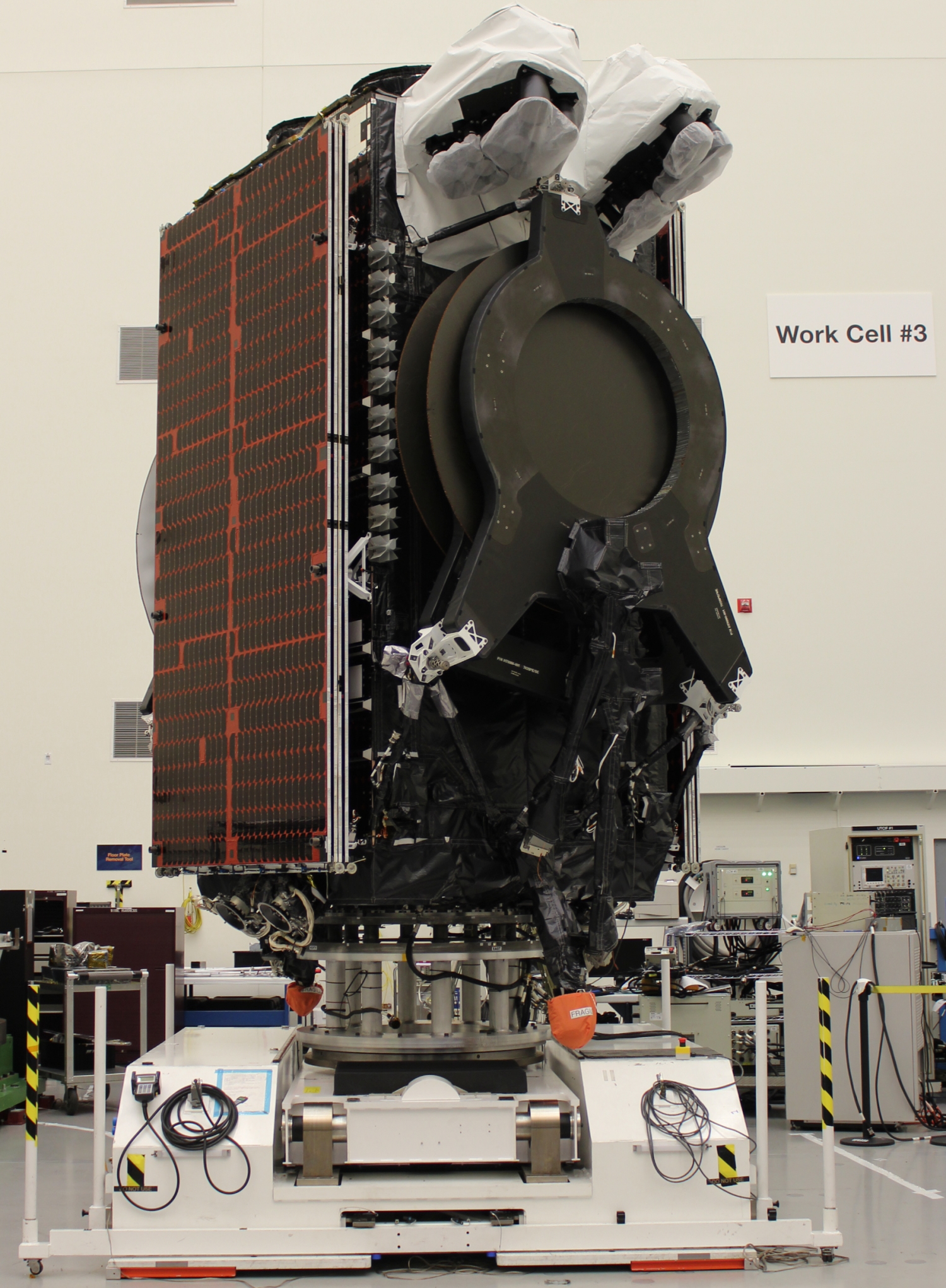|
Boeing SES-15 satellite, launched on Thursday,
will bolster connectivity for Wi-Fi and entertainment services on
flights over North America, Mexico and Central America.
It will
also serve the government, enterprise and maritime sectors.
This 702-model satellite also demonstrates that
using 3-D printed parts can improve affordability and production.
More than 50 such metallic parts are on the vehicle in the primary
structure.

“With its all-electric propulsion, and inclusion
of 3-D printed hardware, SES-15 is a great example of how we can
create efficient and cost-effective products rapidly for
customers,” said Mark Spiwak, president, Boeing Satellite Systems
International. “In fact, SES-15 was designed, built, tested and
delivered to the launch site ahead of schedule.”
This is the fifth Boeing satellite to be
deployed with an all-electric propulsion system.
SES-15 has a hybrid payload, including
additional Ku-band wide beams and Ku-band High Throughput
Satellite (HTS) capability, with connectivity to gateways in Ka-band.
The U.S. Federal Aviation Administration’s
(FAA's) safety efforts will also benefit from the satellite as
SES-15 carries a Wide-Area Augmentation System (WAAS) hosted
payload for the FAA.
SES has ordered 12 Boeing satellites since 1990,
including SES-15. SES-15 is the operator’s first 702 all-electric
satellite in its fleet.
See other recent
news regarding:
Boeing,
IFE,
Satellite.
|

